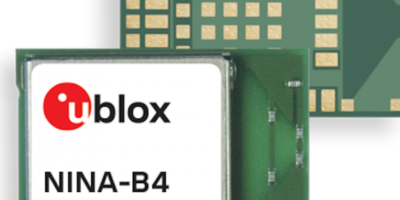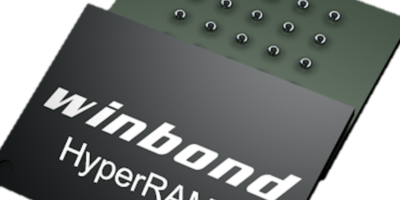A rugged outdoor edge node from Aaeon, Atlas, is built to provide cities with flexible solutions for AI and edge computing. It has the Intel Movidius Myriad X for real-time processing for a range of smart city applications.
It is based on the compact Aaeon NanoCOM-APL board, featuring the Intel Atom x7, providing efficient computing with low power consumption. It is designed with an IP66-rated fanless chassis, for installation on any streetlight, making it easy to quickly set up and deploy, says the company. Connectivity is via Wi-Fi, Gigabit Ethernet, or even 4G/LTE for flexible communication within an edge network or with a central cloud server. The Aaeon Atlas also features built-in cameras and sensors for data collection and analysis.
An embedded Intel Movidius Myriad X vision processing unit (VPU) provides a low-power, high-performance solution for on-device AI inference. The Atlas is compatible with the Intel Distribution of OpenVINO toolkit, which includes optimisation and hardware acceleration to maximise the capabilities of the VPU
As an edge gateway, AEON Atlas can connect with up to 200 smart street lights, providing intelligent control. It has licence plate recognition AI inference to power applications such as smart street parking or detecting traffic violations or accidents. With traffic and congestion monitoring, Aaeon Atlas can optimise traffic signals in real time to help improve traffic flow. Aaeon Atlas can also anonymously detect pedestrians in crowd control and flow monitoring applications.
Established in 1992, Aaeon designs and manufactures professional intelligent IoT solutions. It provides industrial motherboards and systems, industrial displays, rugged tablets, embedded controllers, network appliances and related accessories, as well as integrated solutions. It also has the hardware and services for premier OEM/ODMs and system integrators worldwide. It is an Associate Member of the Intel Internet of Things Solutions Alliance and offers customised end-to-end services from initial product conceptualisation and board product development to mass manufacturing and after-sales service programs.







